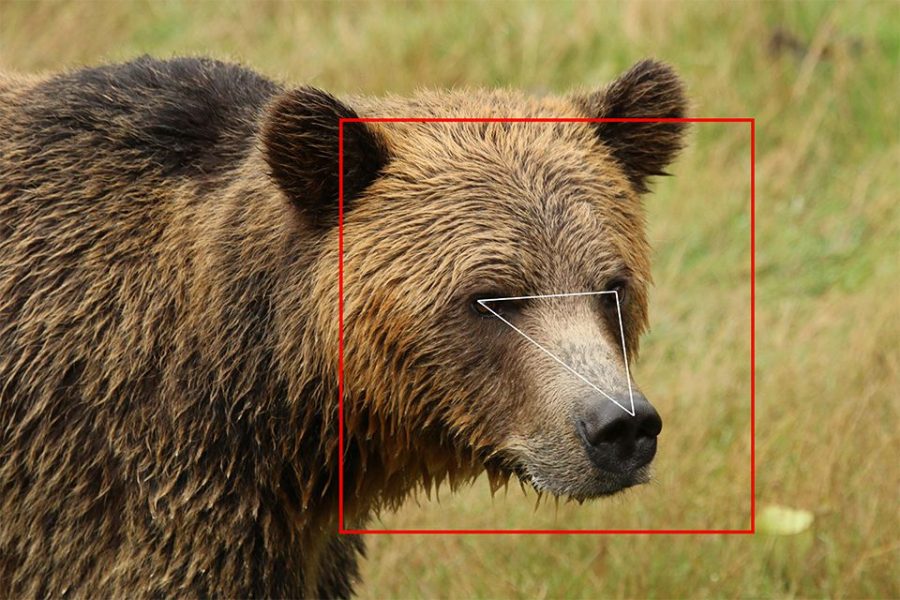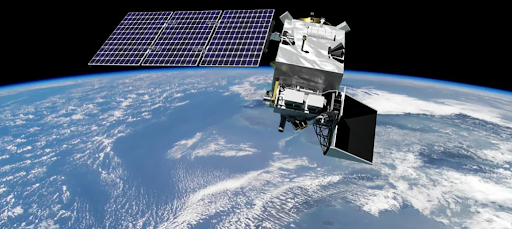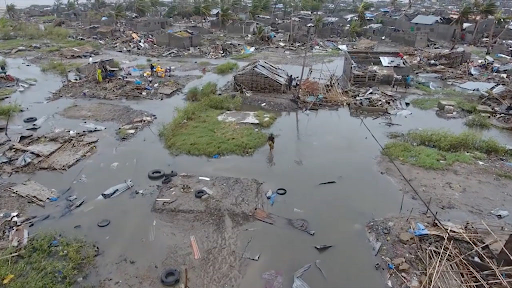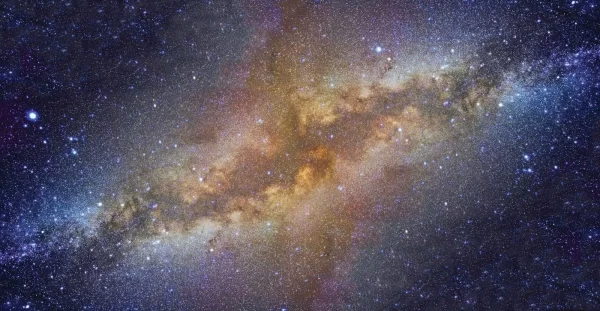Facial Recognition Taking Its Next Big Step: To Animals
Do you think that you can tell a bear apart? To us, these big, fuzzy brown bears all truly look the same, and we would have great difficulty telling the difference between these animals. However, a special biologist, Melanie Clapham has been spending decades studying the special characteristics of these bears as a bear biologist. She explains how she is able to see the individual characteristics of each bear, whether it is a small nick on the face, or a large scar on the body, these small distinctions are able to help Clapham distinguish one bear from another. However, Clapham also acknowledges that for most individuals, making this distinction would be extremely difficult and that the bear’s appearances will also change significantly over the years, such as when they get winter coats, or when they fatten up before denning.
Clapham explains how studying each individual bear is a very important process, that can help with the conservation of each individual species, such as finding out which bear species likes to attack garbage cans or farmer’s livestock, and in general, which bears like to communicate with humans. Consequently, Clapham proposed using human facial recognition technology on bears, to study measurements between different facial features in one image to those in another.
Working with Silicon Valley tech workers, Clapham was able to come up with the idea of Bear ID, which uses facial-recognition software to attempt to monitor grizzly bears, and with this program, they have already been able to identify 132 of the animals individually.
Facial-recognition technology has frequently been a controversial issue for identifying humans, with their being risks for privacy, accuracy, bias, etc, however, BearID has proven its strength in being able to adapt for bears in the wild and in the farm, and find that this form of technology is not only longer-lasting and less invasive, but is more effective in being able to study bears, a less dangerous method to track methods, whereas previously tracking animals would involving attaching a collar, or then piercing an ear to attach an RFID tag.
Clapham has been working on the study for many years now, where first, in 2017, she joined Wildlabs.net, which is able to connect conservationists with those in the tech community. There, she also met Ed Miller and Mary Nguyen, two married technology workers also interested in machine learning and watching grizzly bears in a popular bear hangout, Brook Falls in Alaska’s Katmai National Park. The trio has been able to gather thousands of bear photos from Knight Inlet and Brook River to create data sets and adapt existing intelligence software that was used for dogs to spot bear faces in their images. After this, once the bear’s faces are detected, Al can be utilized to recognize the faces of specific bears.
Other individuals, such as Joe Hoagland, who live out in the wild don’t have access to BearID, and he instead is trying to make his own app called CattleTracs, that similar to bears, will be able to snap pictures of cattle that will be stored along with GPS coordinates and the date of the photo in an online database. He explains that tracking beef cattle is extremely important, because of the fact that they pass through many different people and places in their lives, and there isn’t much tracking between them, making it hard to investigate animal-based diseases that can significantly decrease livestock populations, and can harm people too. Through being able to contact, trace, and quarantine these disease animals, these methods can potentially be applied to animals in ways that we work with coronavirus today.
However, with facial recognition technology for bears comes to some dangers as well, especially for poachers, who can potentially get control of this animal data, can get images of the animals, and coupled with data such as GPS coordinates can find them, and poach them. There is also difficulty with collecting a large number of images of different animals from multiple viewpoints, in different conditions, without the existing obstructions of plants. However, this type of technology brings a lot of hope, even being able to apply it to animals such as lemurs, golden monkeys and chimpanzees can help to reduce animal trafficking and help track endangered animals.
Clapham said that she has more images of bears that need to be placed in the dataset, and plans to start training their Al camera system, to place camera traps that are cameras placed with a sensor and lights and placed in the wilderness, where animals are able to freely wander by and trigger video recording, while also planning to see how BearID will be able to apply to other animals as well. This facial recognition will be extremely useful if fully developing. For now, researchers continue to look at these data sets and develop this facial recognition. The research continues!










